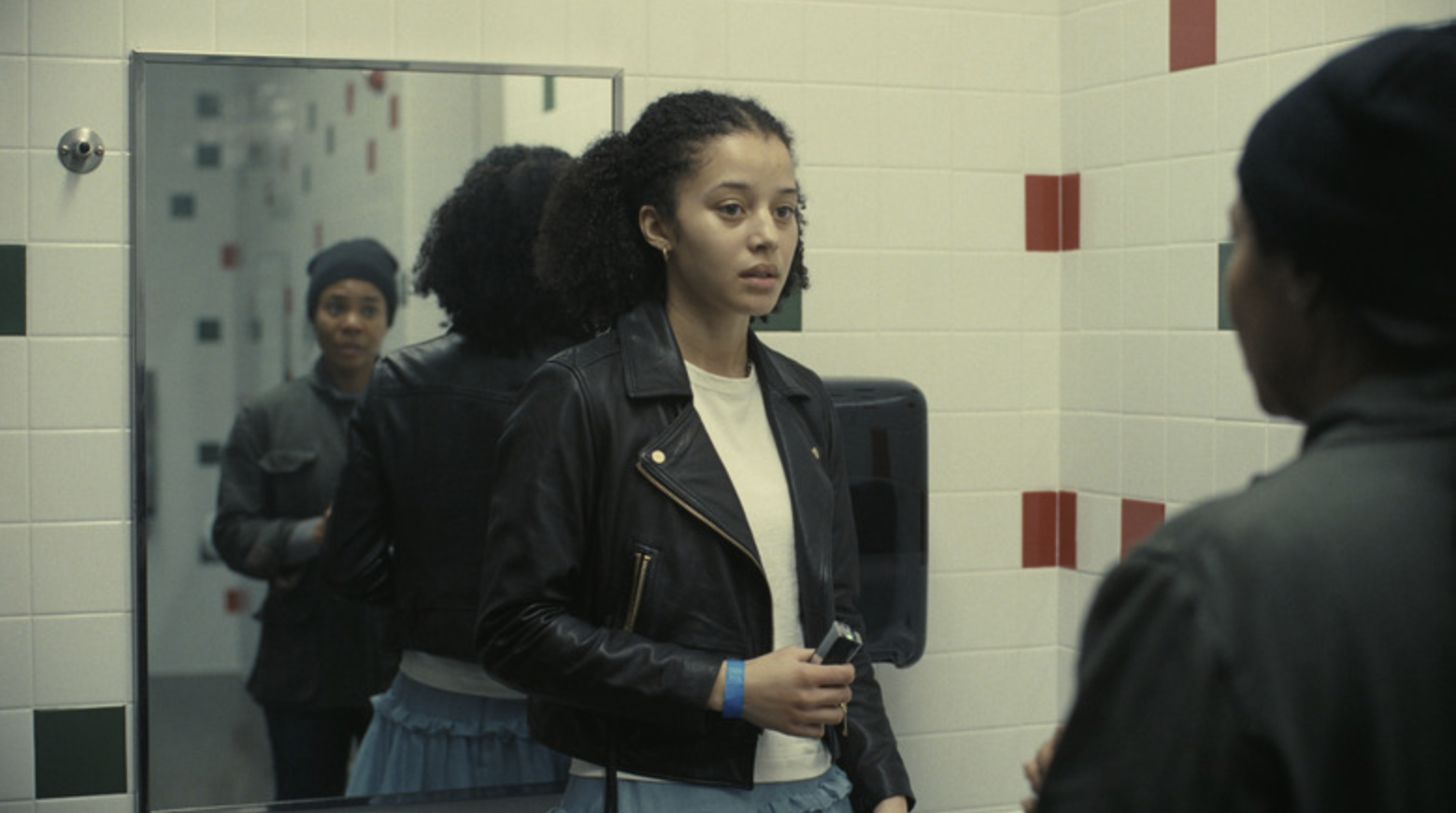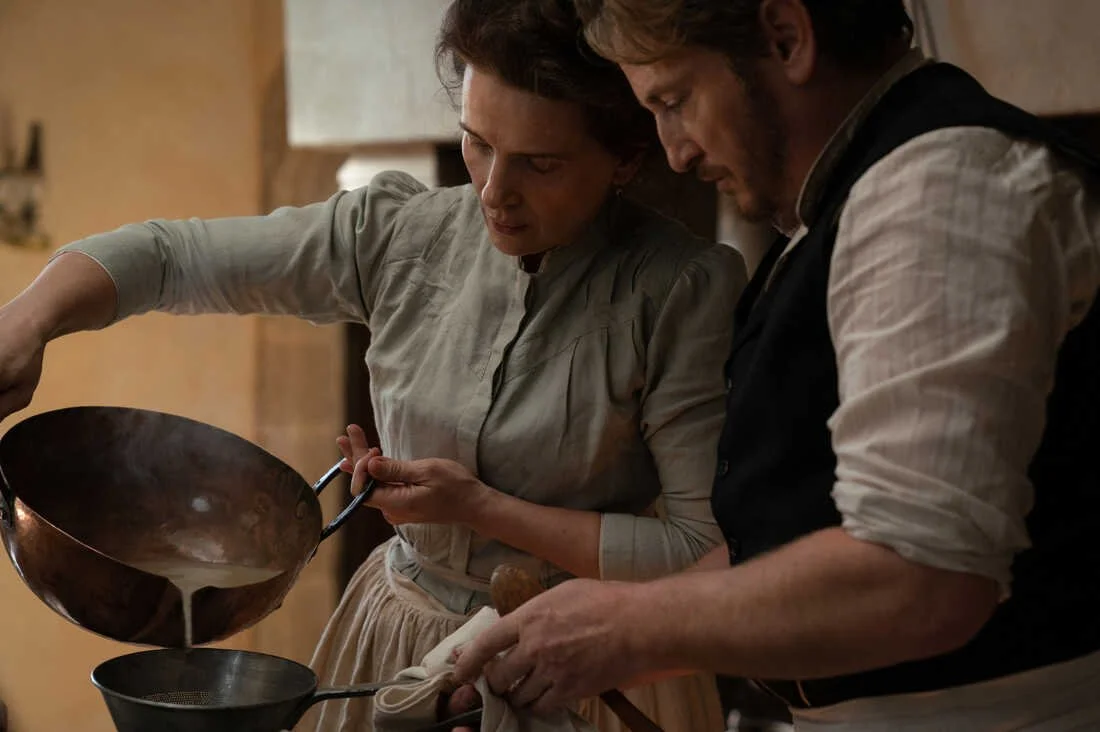ONE BATTLE AFTER ANOTHER
Directing: A
Acting: A
Writing: A+
Cinematography: A
Editing: A
The more I think about One Battle After Another, the more impressed I am with it. This is the sign of a great movie. I didn’t have the wherewithal to think about whether it was a Great Movie while I was watching it, because I was too absorbed by it. I wouldn’t even say I was blown away by it, per se—and I mean that as a compliment. I was simply invested in every single character onscreen. I only had the bandwidth to reflect on it once it was over, and then, after some time, it gradually dawned on me: that was an amazing movie.
Everything that’s amazing about it is done subtly—not something that writer-director Paul Thomas Anderson is exactly known for. Many of his films, particularly early ones like Boogie Nights or Magnolia or Punch-Drunk Love, throw a lot onscreen that amounts to showing off. And don’t get me wrong, it works: those are all objectively great movies, top-tier in the PTA canon. Not that much of his output can qualify as bottom-tier—the only one of his films I did not particularly like was Inherent Vice (2014). Licorice Pizza (2021) got rave reviews and I thought it was very good but without the usual P.T. Anderson impact, and his debut feature film, Hard Eight, is fine. Just about any of his seven other feature films, though, you could reasonably call a masterwork. How often does a director come along like that?
Anderson does have a signature style, both in writing and in look—if you look deep enough. Many of his movies are truly like no other, and yet they all have a connective tissue to them. As such, One Battle After Another feels like the culmination of his life’s work. It might be his crowning achievement. He’s only 55 years old, though. Imagine what more we might get out of him over the next twenty, maybe even thirty years. It’s thrilling just to think about. Maybe he’ll give us a dud or two, who knows? I expect it will be worth it. This is a guy who takes huge swings, over and over, and nearly every time it pays off.
And how to even talk about One Battle After Another in a way that effectively illustrates its greatness? This is a movie about America, told through three different ethnic lenses: Bob (Leonardo DiCaprio), the once-revolutionary White guy who has long since given up; Willa (Chase Infiniti), the daughter he’s had with Perfidia (Teyana Taylor), a Black woman with a passion that cannot be domesticated; and Sergio St. Carlos (Benicio Del Toro), Willa’s Latino karate sensei who has his own immigrant-underground-railroad going on.
There’s a bit of yin-and-yang with the Whiteness in this film, Bob being counterbalanced by Col. Stephen J. Lockjaw (Sean Penn, as committed to the part as ever), who is eager to join the White-supremacist “Christmas Adventures Club,” but also has a conflicted attraction to Perfidia—who may or may not have similarly conflicted feelings about him. Lockjaw is one of the most compelling and layered villains to come along in cinema in a long time, and I will only say that there’s a pointed poetic justice to his ultimate fate.
It feels important to note that a great deal of time is spent on Bob and Perfidia (and, to a degree, fellow revolutionary Deandra, played by Regina Hall) many years in the past, their hunger for both revolution and each other, and the ultimate consummation of their relationship and what would appear to be the resulting offspring—and then, time jumps forward, and little Willa is sixteen years old.
The “French 75,” the name these revolutionaries have given themselves, is loosely based on the revolutionary spirit of the 1960s, particularly as detailed in the 1990 Thomas Pynchon novel Vineland—which is credited here as “inspiring” One Battle After Another, rather than being an outright adaptation of it. In this film, however, these revolutionaries are clearly grafted onto a 21st-century world, with no other added commentary: we get no context clues about what the French 75’s numerous bombings or bank robberies did to American culture. We only see that these things happen; this group exists; and they are in active pursuit by law enforcement. It is perhaps telling that this stuff does not necessarily feel out of place being decontextualized to the modern era.
The story does’t even take off until the jump forward to Willa as a 16-year-old. Her mother disappeared when she was a baby; her father spends his time frying his brain with weed. But a sudden turn of events has Colonel Lockjaw going after both Joe and Willa for the first time since her infancy, and the motivations here all come back to his obsession with his own Whiteness. A reactivation of communications between current and former members of the French 75 creates a lot of comic moments when Joe can’t remember all the communication passwords he’s supposed to have had memorized for the past sixteen years.
Nothing goes in the direction you expect it to in One Battle After Another—another hallmark of Paul Thomas Anderson films. You root for the characters, and you fear for them; sometimes they get out of scrapes and sometimes they don’t. Whatever is going on, the runtime of two hours and 41 minutes flies by, thanks to a kinetic energy that never abates. It has this in common with Magnolia, the only P.T. Anderson film that was longer. One Battle After Another is less stylized and far less high-concept; the characters here are much more grounded, making them more plausible and real. All of these things tie together into what amounts to the best film of the year so far.
One Battle After Another is so good you’ll be convinced by a 25-year-old-actor playing a 16-year-old character.
Overall: A










